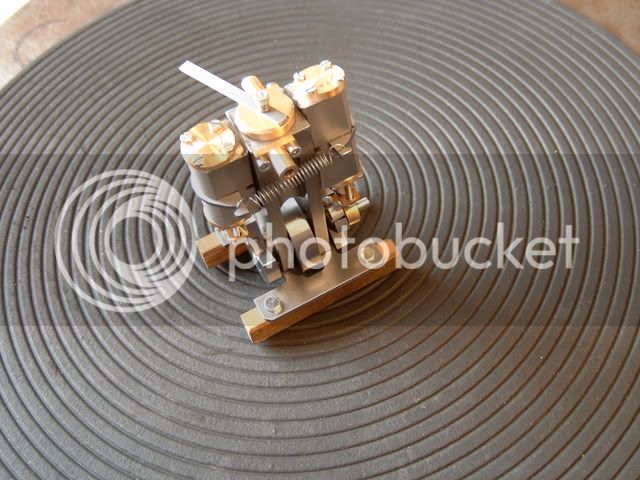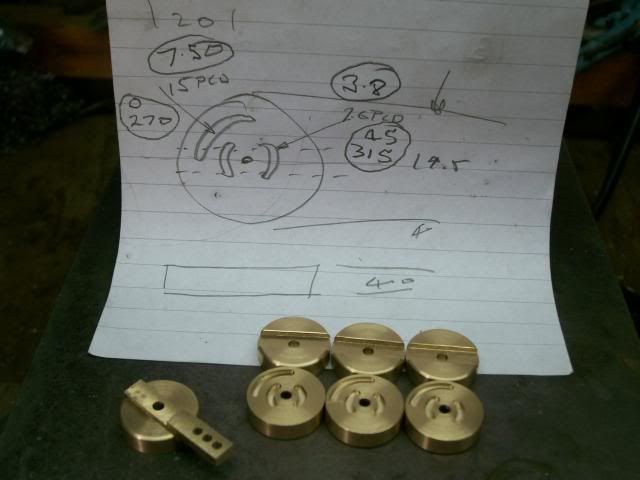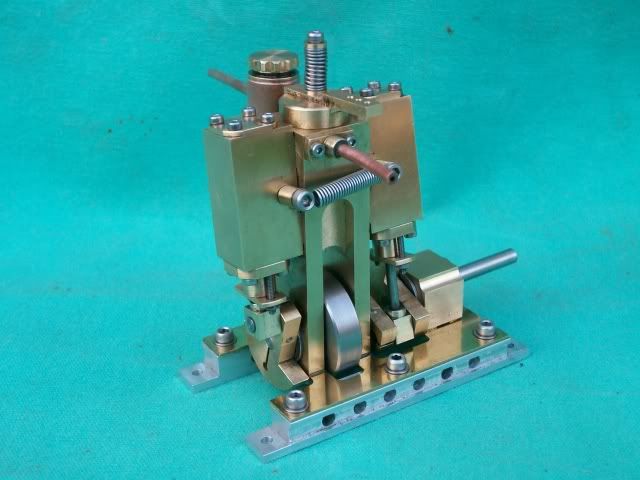- Joined
- Aug 25, 2007
- Messages
- 3,890
- Reaction score
- 715
I've tabled the Rudy Kouhoupt twin marine engine for the moment and started on the French designed Moteur Oscillant. Stew Hart and Bogs have both built excellent versions of this engine and I think it might be suitable for a boat or land vehicle later down the road.
Here is a link to the original plans:
http://jpduval.free.fr/Moteurs_vapeur_simples/MV%20deo%2010x20.pdf
I have increased the size by about 10% and converted all the measurements to inches. My engine will have a 7/16" bore and 7/8" inch stroke. I opted to use aluminum since I had a large piece the right size and I wanted the engine to be as light as possible, especially if it winds up in a boat.
I've got the frame and cylinders, pretty well finished. I've also finished both cylinder end caps except for the mounting holes. Here's a few pictures of the work so far. If you look closely at the first picture, you can see a small o-ring nestled in the middle end cap piece.



Chuck
Here is a link to the original plans:
http://jpduval.free.fr/Moteurs_vapeur_simples/MV%20deo%2010x20.pdf
I have increased the size by about 10% and converted all the measurements to inches. My engine will have a 7/16" bore and 7/8" inch stroke. I opted to use aluminum since I had a large piece the right size and I wanted the engine to be as light as possible, especially if it winds up in a boat.
I've got the frame and cylinders, pretty well finished. I've also finished both cylinder end caps except for the mounting holes. Here's a few pictures of the work so far. If you look closely at the first picture, you can see a small o-ring nestled in the middle end cap piece.



Chuck












![DreamPlan Home Design and Landscaping Software Free for Windows [PC Download]](https://m.media-amazon.com/images/I/51kvZH2dVLL._SL500_.jpg)
























































